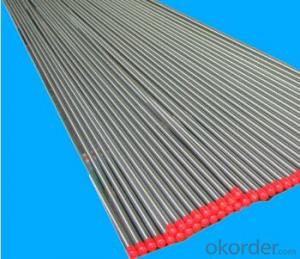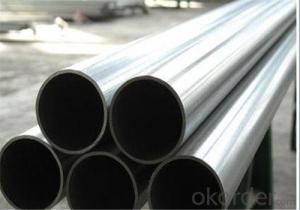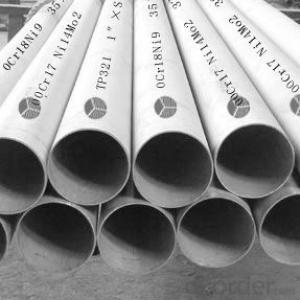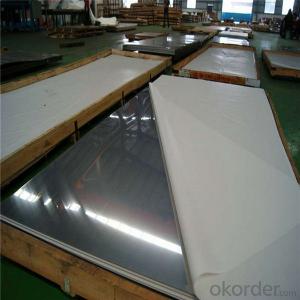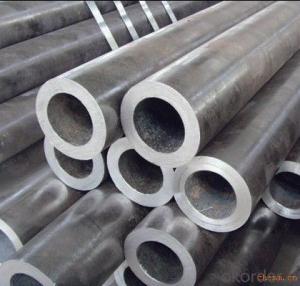Duplex Stainless Steel 2205
Duplex Stainless Steel 2205 Related Searches
Best Paint For Stainless Steel Blanket Insulation For Steel Buildings Primer For Galvanized Steel Foam Filter For Stainless Steel H S Code For Stainless Steel Surface Grinding Wheels For Stainless Steel Surface Grinding Wheels For Hardened Steel Hole Saw For Stainless Steel Paint For Stainless Steel Stainless Steel For BbqHot Searches
Steel Mesh Panels For Sale Price For Stainless Steel Scrap Scrap Price For Stainless Steel Price For Stainless Steel Stainless Steel Tank For Sale Stainless Steel Sheets For Sale Cheap High Tea Sets For Sale Stainless Steel Tanks For Sale Stainless Steel For Sale High Density Fiberboard For Sale Solar Hot Water Collectors For Sale Scaffolding For Sale In Uae Scaffolding For Sale In Ireland Scaffolding For Sale In Houston Type Of Inverter For Solar Price Of Shipping Containers For Sale Types Of Inverter For Solar Stock Price For Aluminum Used Solar Inverter For Sale Steel Mesh Panels For SaleDuplex Stainless Steel 2205 Supplier & Manufacturer from China
Okorder.com is a professional Duplex Stainless Steel 2205 supplier & manufacturer, offers integrated one-stop services including real-time quoting and online cargo tracking. We are funded by CNBM Group, a Fortune 500 enterprise and the largest Duplex Stainless Steel 2205 firm in China.Hot Products
FAQ
- Certainly, the food and beverage industry can utilize stainless steel pipes. Stainless steel is highly favored for piping in this sector because of its impressive resistance to corrosion, hygienic attributes, and long-lasting nature. By employing stainless steel pipes, there is no risk of any chemical reactions occurring between the pipes and the food or beverages, effectively preserving the products' integrity and safety during transportation. Furthermore, the ease of cleaning and maintenance of stainless steel pipes is of utmost importance in the food and beverage processing industry, where maintaining a high standard of sanitation is crucial. In summary, stainless steel pipes are extensively embraced and employed in the food and beverage industry due to their dependability and suitability for handling a diverse range of products.
- Yes, stainless steel pipes are fire-resistant. Due to their high melting point and excellent heat resistance, stainless steel pipes can withstand extreme temperatures and prevent the spread of fire, making them a reliable choice for fire protection systems.
- Yes, stainless steel pipes can be used for sewage treatment plants. Stainless steel offers exceptional resistance to corrosion, making it an ideal choice for handling wastewater and other corrosive substances commonly found in sewage treatment plants. Additionally, stainless steel pipes are durable, hygienic, and easy to maintain, making them suitable for the demanding conditions of sewage treatment facilities.
- Stainless steel pipes and galvanized steel pipes are both commonly used in various industries and applications, but they have distinct differences in terms of their composition, properties, and performance. One of the primary differences between stainless steel and galvanized steel pipes is their composition. Stainless steel pipes are made from an alloy of iron with a minimum of 10.5% chromium content, which provides excellent corrosion resistance and durability. On the other hand, galvanized steel pipes are steel pipes that have been coated with a layer of zinc to protect them from corrosion. In terms of corrosion resistance, stainless steel pipes outperform galvanized steel pipes. The chromium content in stainless steel forms a passive layer of chromium oxide on the surface, which acts as a barrier against corrosion and rust. This makes stainless steel pipes highly resistant to pitting, crevice corrosion, and general corrosion caused by various substances and environmental factors. Galvanized steel pipes, although coated with zinc, are more susceptible to corrosion over time, especially when exposed to harsh conditions or corrosive substances. Another key difference lies in their durability and lifespan. Stainless steel pipes are known for their exceptional strength, toughness, and longevity. They can withstand high pressures, extreme temperatures, and mechanical stresses, making them suitable for demanding applications. Galvanized steel pipes, while durable, have a relatively shorter lifespan compared to stainless steel due to the eventual degradation of the zinc coating, which exposes the underlying steel to corrosion. In terms of maintenance, stainless steel pipes require minimal upkeep due to their inherent corrosion resistance. They are easy to clean and do not require regular painting or coating. On the other hand, galvanized steel pipes may require periodic inspection, maintenance, and re-coating to ensure prolonged protection against corrosion. Cost-wise, galvanized steel pipes are generally more economical upfront compared to stainless steel pipes. However, when considering the long-term benefits of stainless steel's corrosion resistance and durability, the overall cost-effectiveness of stainless steel pipes often surpasses that of galvanized steel pipes. In conclusion, stainless steel pipes offer superior corrosion resistance, durability, and longevity compared to galvanized steel pipes. While galvanized steel pipes may be more cost-effective upfront, stainless steel pipes provide long-term benefits and performance advantages, making them a preferred choice in many applications where corrosion resistance and durability are critical considerations.
- The maximum length of a stainless steel pipe that can be manufactured depends on various factors such as the manufacturing process, equipment capabilities, and logistical constraints. Generally, stainless steel pipes can be manufactured in lengths ranging from a few meters up to several hundred meters, depending on these factors.
- Yes, stainless steel pipes can be insulated with polyamide. Polyamide is a commonly used material for pipe insulation due to its excellent thermal properties and resistance to high temperatures. It provides effective insulation and helps to prevent heat loss or gain in the pipes.
- Yes, stainless steel pipes can be used for power plants. Stainless steel is often chosen for power plant applications due to its high corrosion resistance and ability to withstand high temperatures and pressures. Power plants typically deal with aggressive environments and require materials that can withstand the conditions without deteriorating. Stainless steel pipes provide excellent resistance to corrosion from chemicals, gases, and water, making them ideal for power plant applications. Additionally, stainless steel pipes have low maintenance requirements, reducing downtime and overall cost.
- Yes, stainless steel pipes can be used for aerospace applications. Stainless steel is known for its high strength, corrosion resistance, and durability, making it suitable for various aerospace components and structures. Its ability to withstand high temperatures, pressures, and environmental conditions makes it an ideal material choice for aerospace applications.










